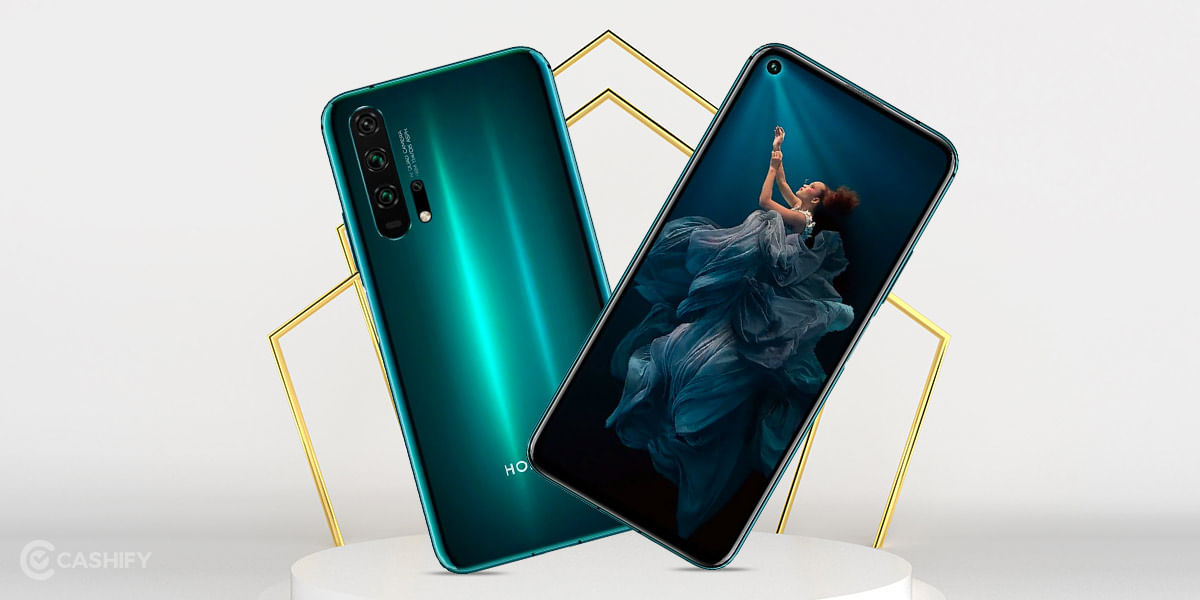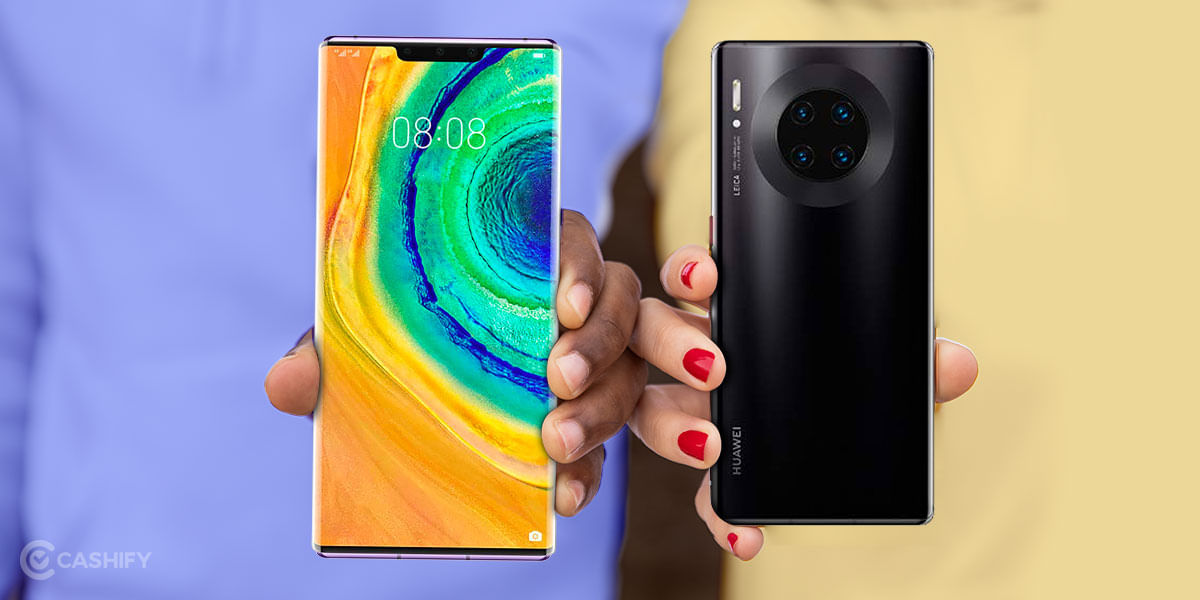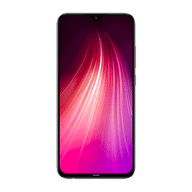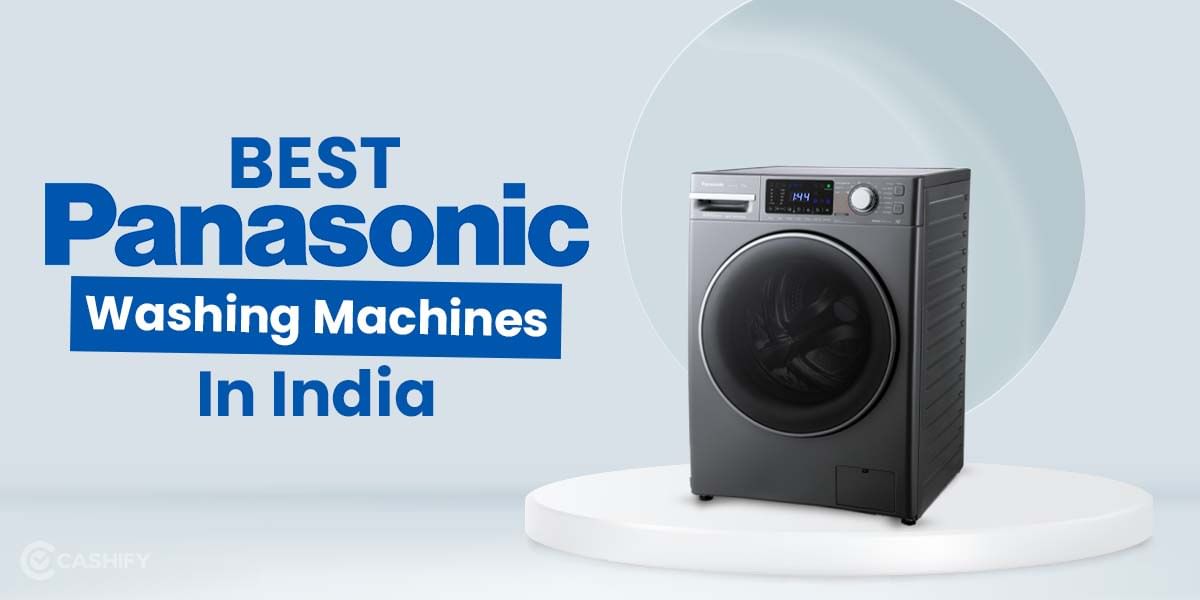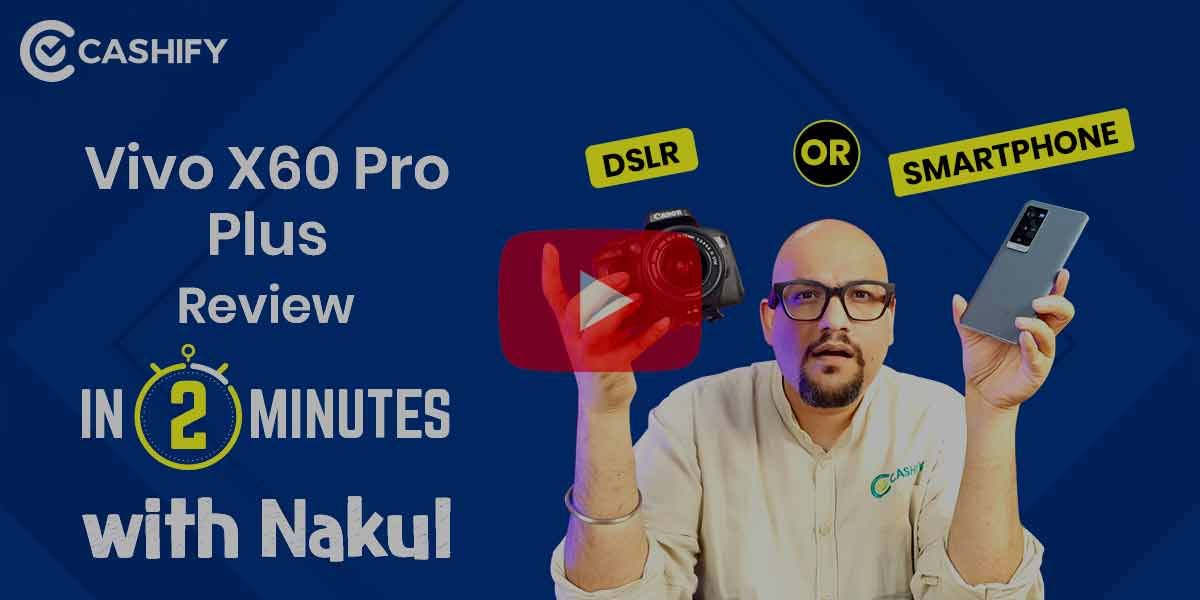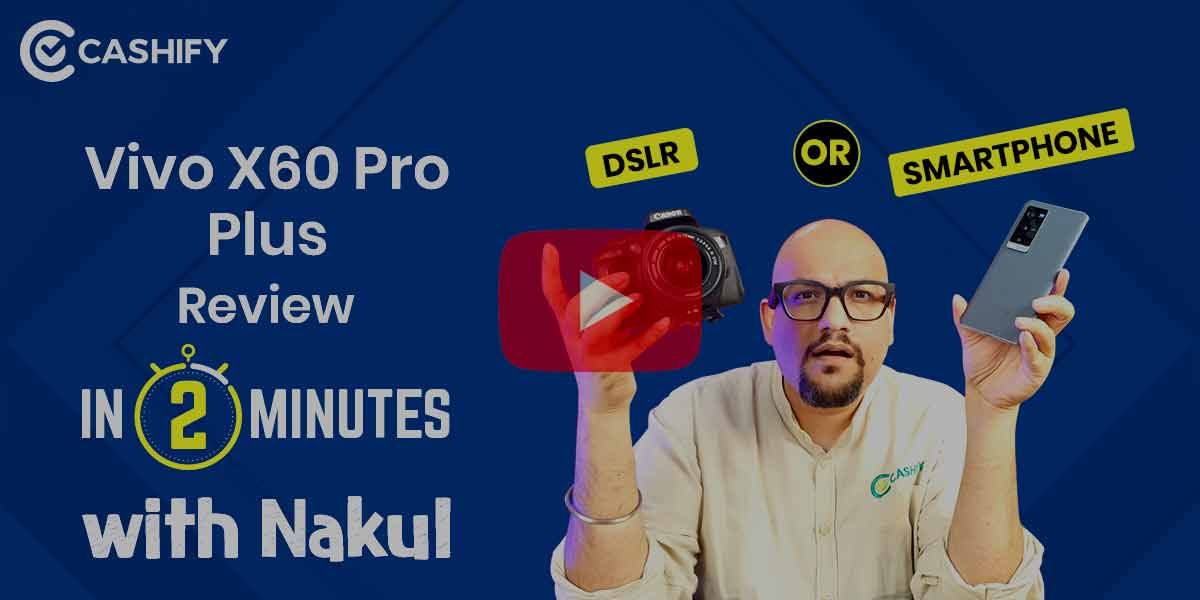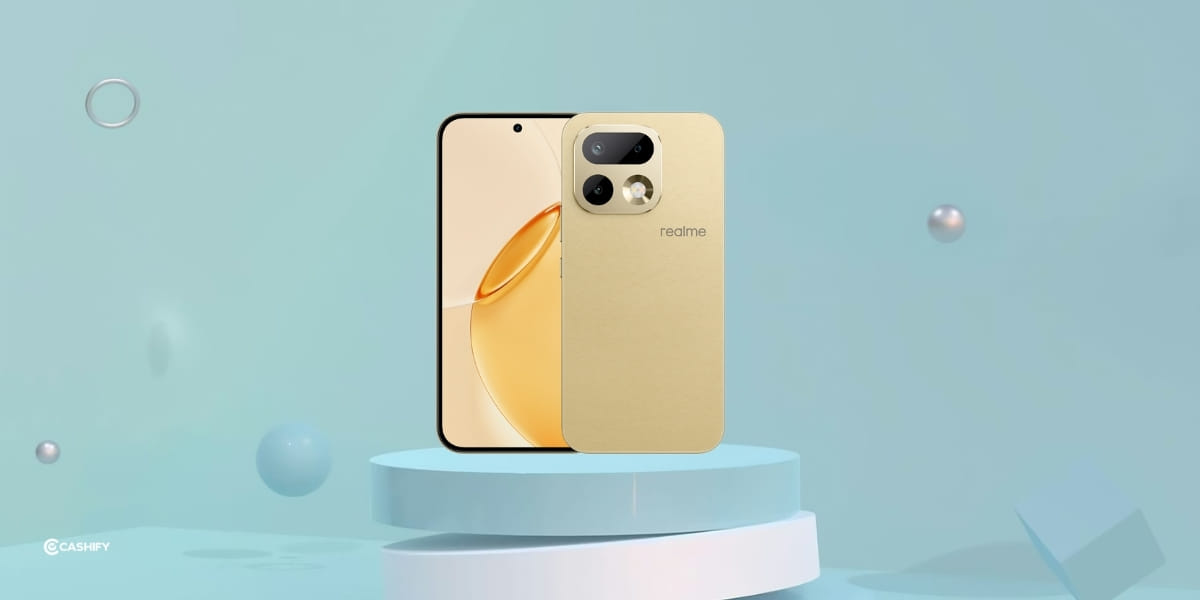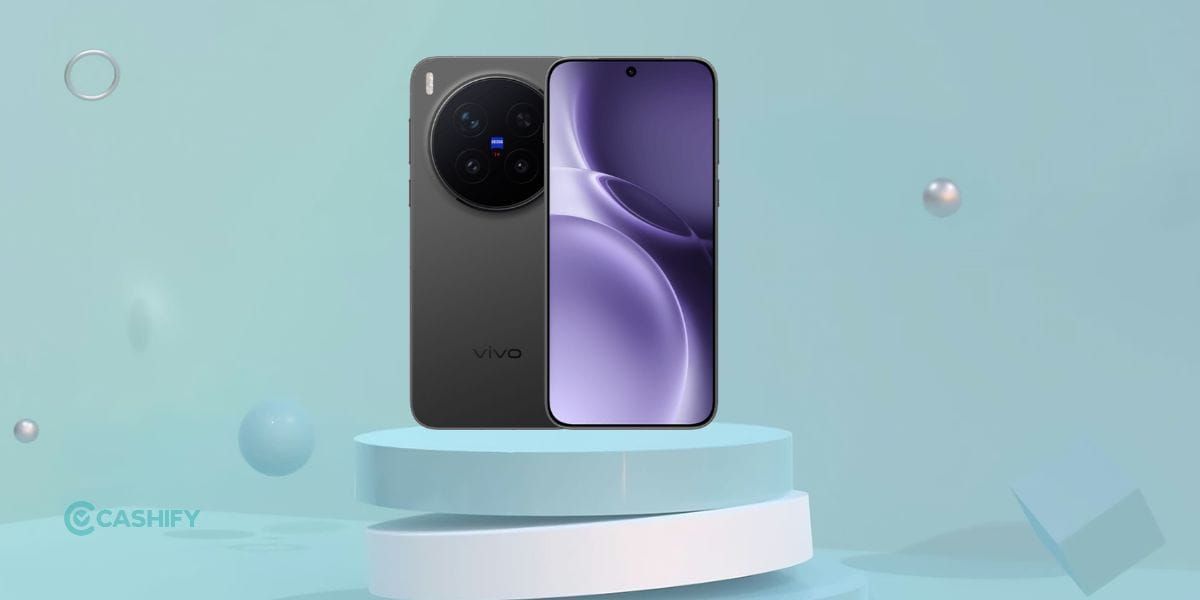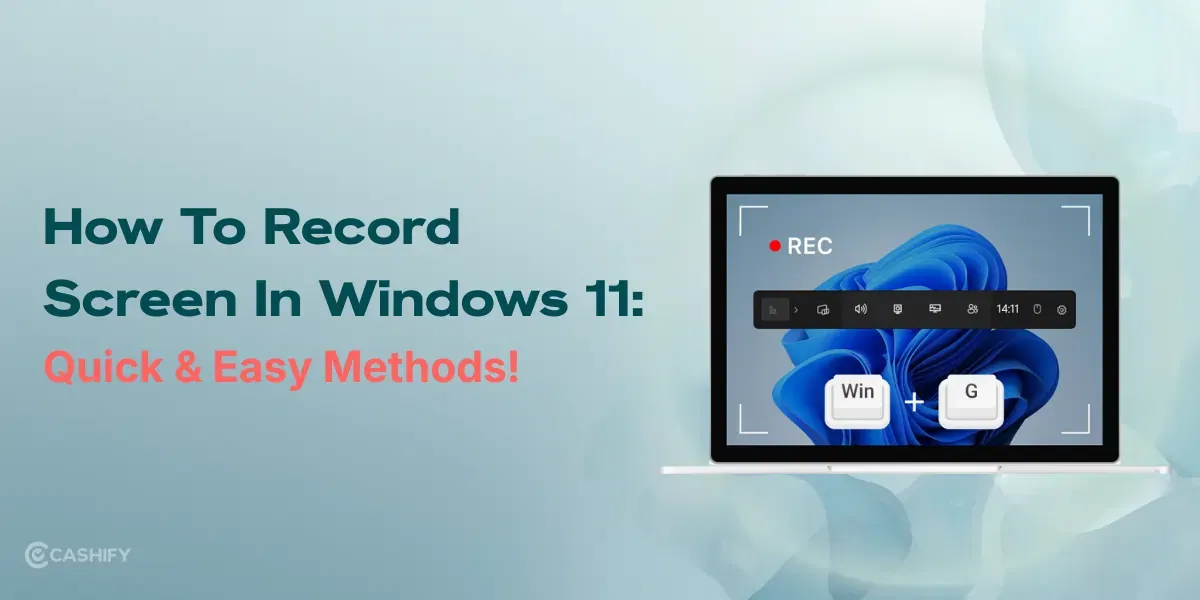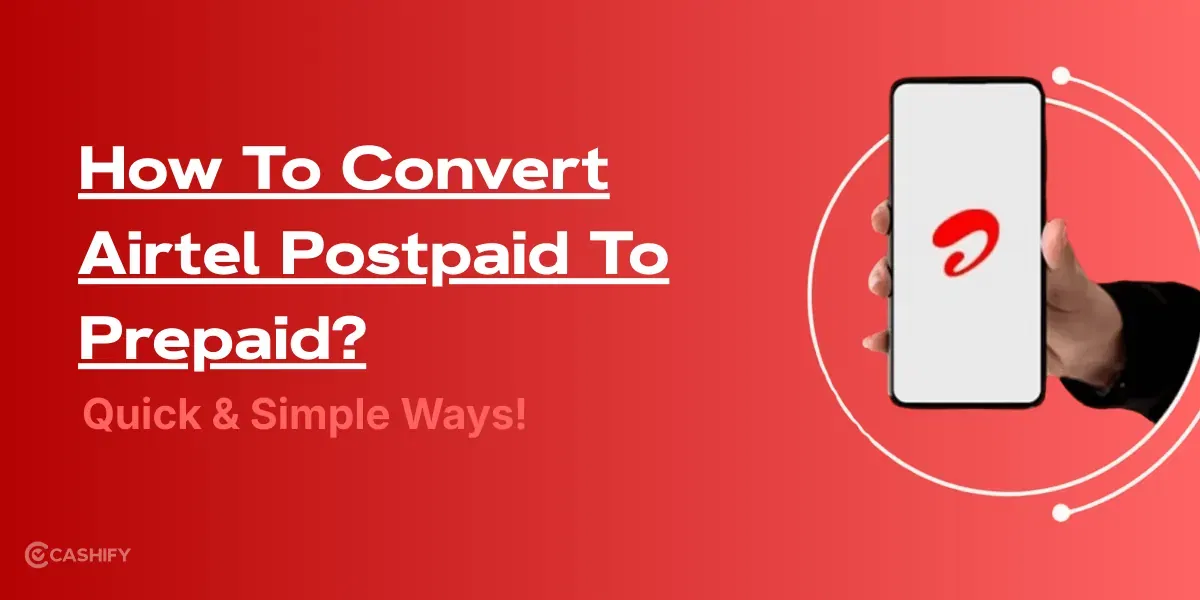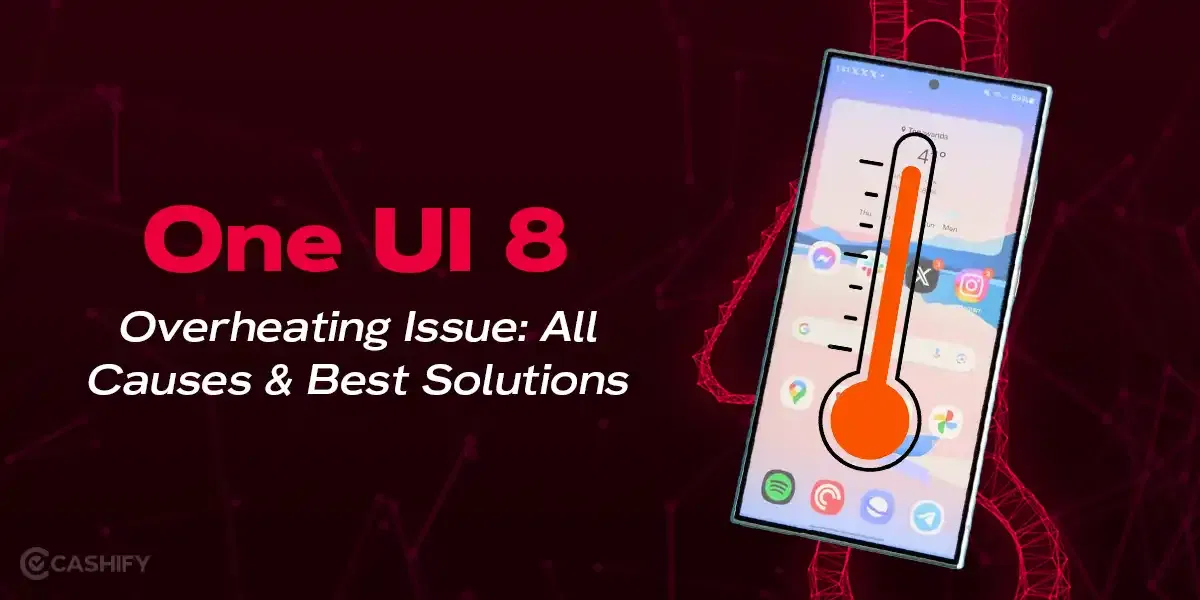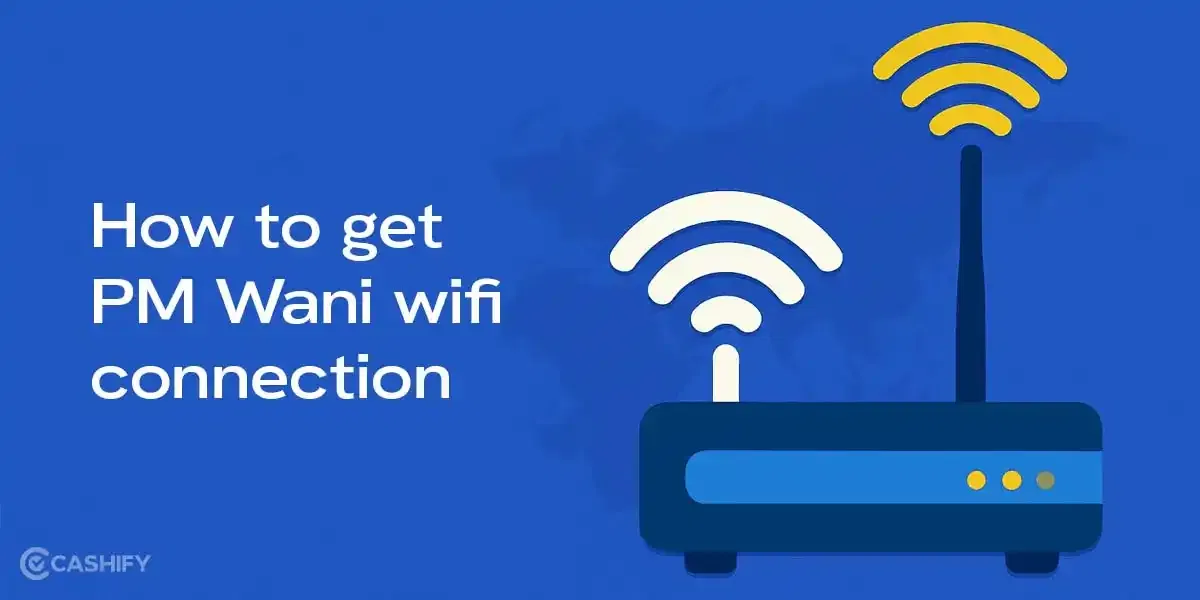Introduction
Earlier this month, the Redmi released Note 8 series including the Redmi Note 8 Pro and the Redmi Note 8. Previously we did a detailed evaluation, and today we will talk about Redmi Note 8.
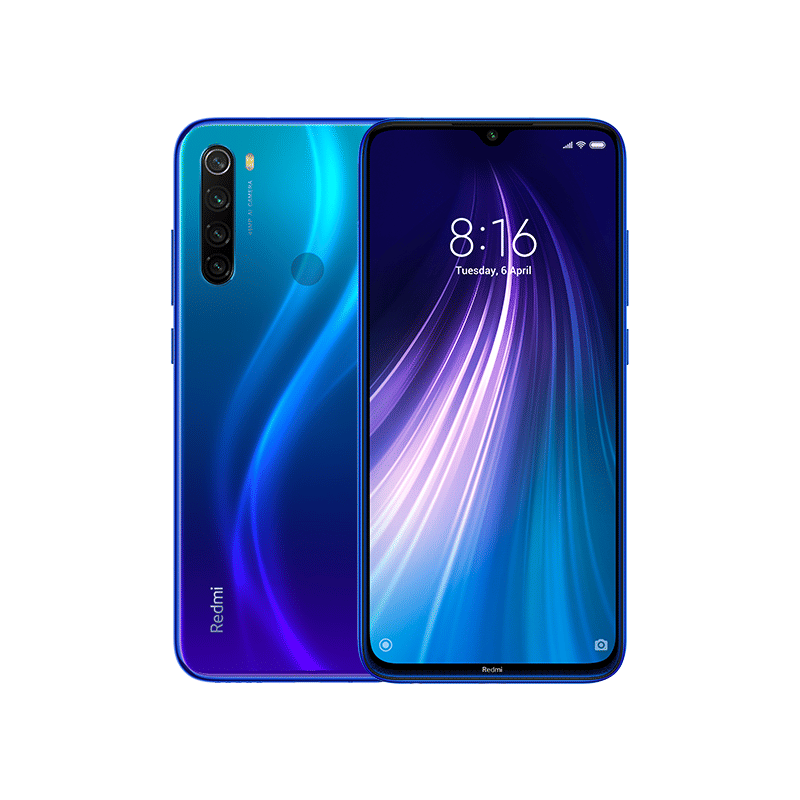
Redmi Note 8 focuses on two significant aspects of updates. On the one hand, the Redmi Note 8 is a four-shot commonly used in current mid-end models – 48MP HD + 8MP Super Wide Angle + 2MP Depth Field + 2MP Macro.
On the other hand, the SoC equipped with it is upgraded from Snapdragon 660 to Snapdragon 665 with Xiaomi CC9e.
Additionally, the most optional 128GB storage model, the standard 18W fast-charger, is a total life splash, double-sided fifth-generation Corning Gorilla Glass.
Prices in India, Variants, Availability
The Xiaomi Redmi Note 8 and Redmi Note 8 Pro, the Note 8 is a trimmed down version of the Pro, priced at Rs. 9,999. Rs. Read this review to find out why it’s the best handset in the world. 10,000. The Redmi Note 8 is available in 6GB + 64GB and 6GB + 128GB storage variants for Rs 9,999 and 12,999 respectively. The device comes in three colours: Neptune Blue, Moonlight White and Space Black.
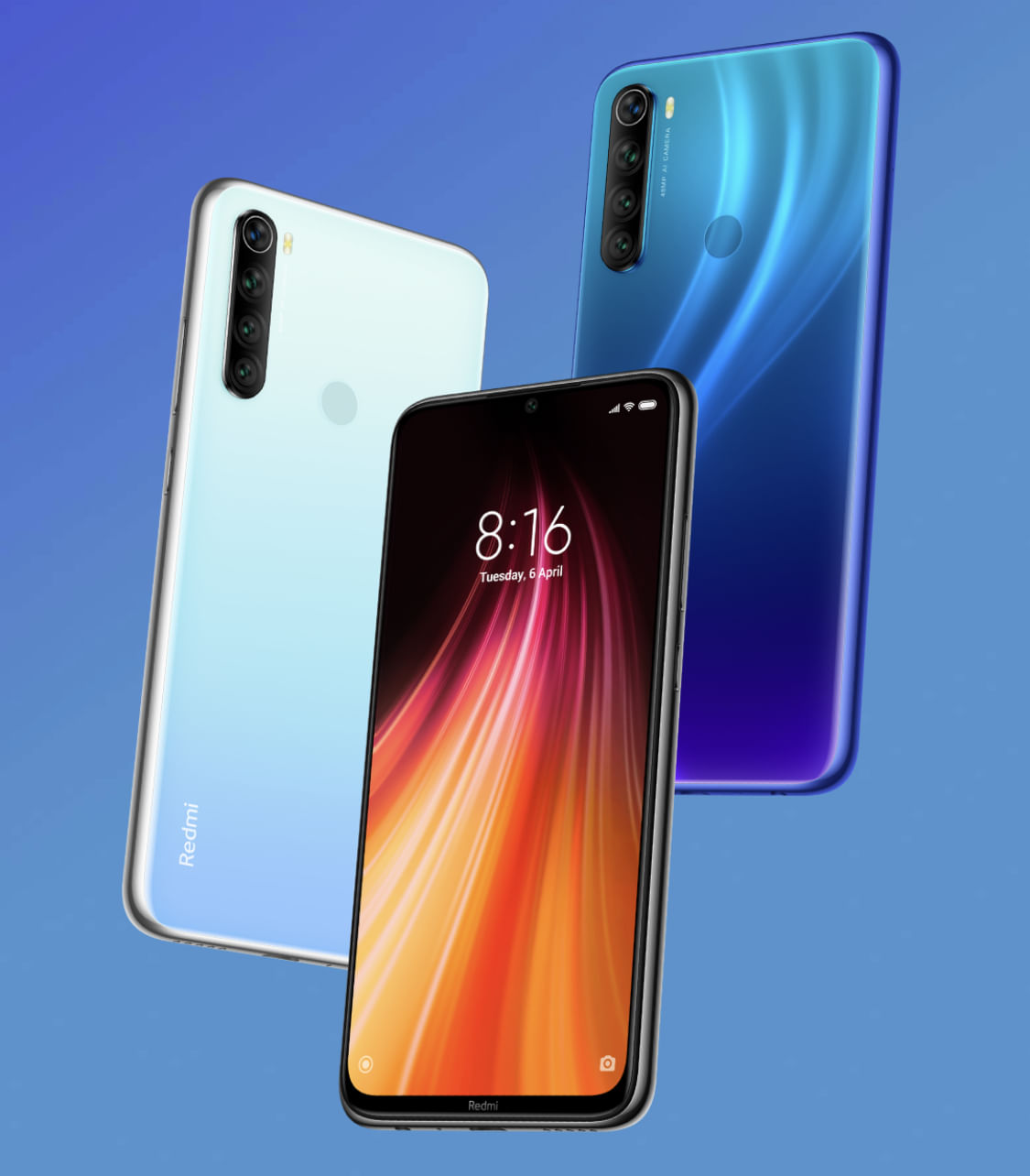
Box Contents
Note 8 comes in a microphone announcing smartphone. The box has a phone with a power adapter, charging cable and a sim ejector tool. Unfortunately, Redmi does not attach headphones with the Note 8. All you get in the box:
- Redmi Note 8
- Protective Case
- 18W Charger
- Type-C Charging Cable
- SIM ejection tool
- Warranty card
- User guide
Specs at a glance
- Display: 16cm (6.3) Full High-Definition+ Display, FHD+ (2280 x 1080)
- CPU: Qualcomm® Snapdragon™ 665
- GPU: AdrenoTM 610
- Memory: 4GB + 64GB/ 6GB + 128GB, Expandable up to 512GB
- Rear Camera: Quad, 48MP Primary camera, 8MP Ultra-wide angle camera, 2MP Depth Sensor, 2MP Macro lens
- Selfie Camera: 13MP Selfie camera
- Battery: 4000mAh high-capacity battery, 18W Fast Charging (In-box)
- Security: Fingerprint (rear-mounted)
Design and Build Quality
The Redmi Note 8 now comes in three colours, and in our hands, we have the 6GB + 128GB Fantasy Blue version. On the front of the mobile phone, Redmi has an FHD + resolution, a 6.3-inch screen, and a drop-shaped design on the top that covers almost 90% of the screen. The screen to body ratio is 19.5: 9; the default colour is more attractive; you can adjust it yourself. The back value of the Redmi Note 8 is enough to give us a good rating. It uses the trendy gradient colour design, and it is also rare to use two thousand-yuan mobile phone glass material – the GG5 Glass.
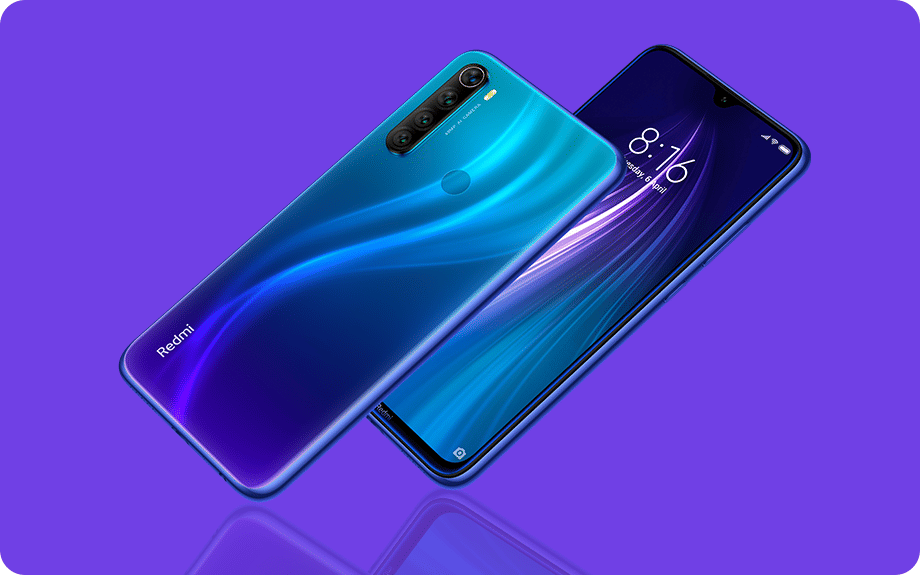
The hardness of GG5 is 9H. This austerity will keep you from having to worry about scratches. Even if you use the phone for a long time, it is very new. Additionally, the phone’s surface has a nano-splash-proof coating that makes it easy to handle water stains in everyday life. The layers and agility of this cold gradient process add a lot to the overall value. Since it needs to load a 4000 mAh battery under a small size body, its thickness will inevitably exceed 8mm, reach 8.35mm, and still have some square look, which is a little thicker.
Combined with the 6.3-inch screen, grip and one-handed operation are very friendly. The rear four cameras are mounted vertically, and the bulbs are fixed. It is close to the top, along with the visible earpiece, and the phone’s breathing light is hidden in the forehead.
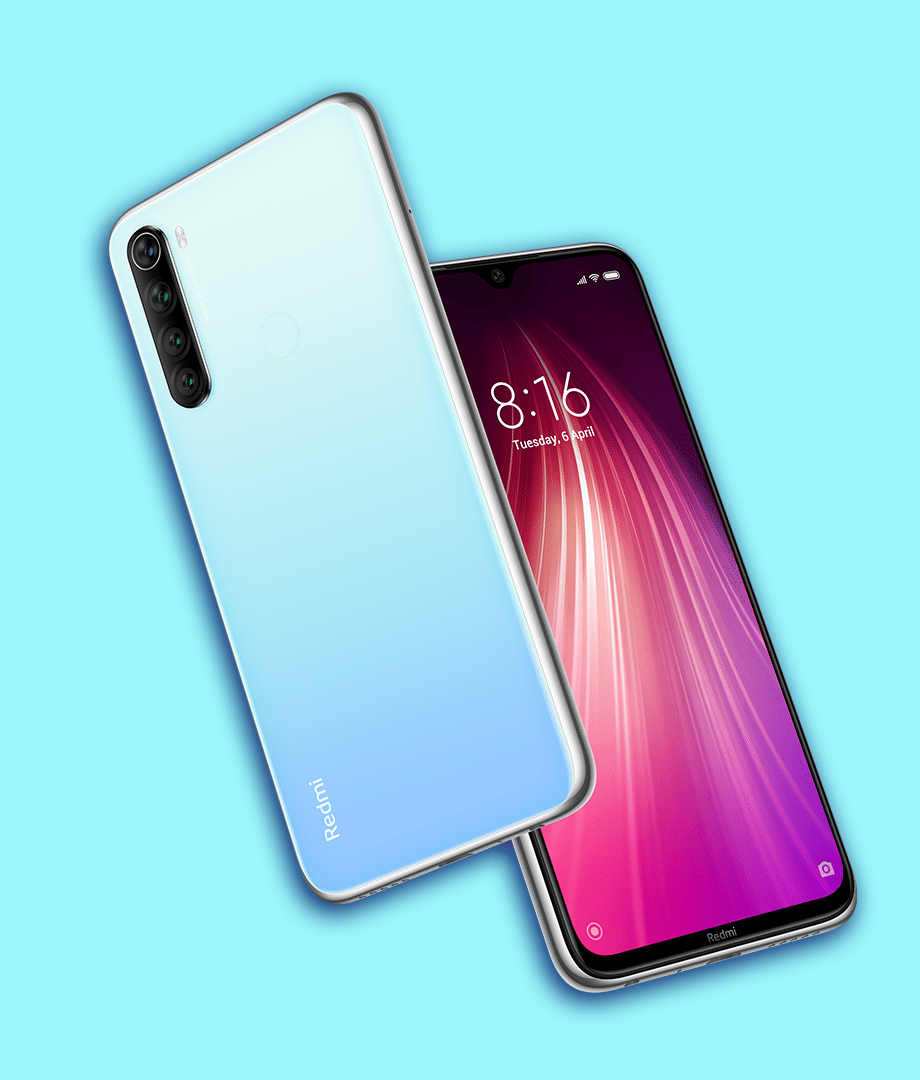
The bottom of the phone features a Type-C charging socket and a 3.5mm headphone jack. The speaker is placed on the right side, and the speaker has a smart PA and large volume.
The Redmi Note 8 still inherits the fine tradition of Redmi series scalable storage, which supports a 2 + 1 card slot, dual card dual standby + memory card, which can store up to 512 GB.
Display
The Redmi Note 8 puts its 6.3-inch display under the Gorilla Glass 5, with huge bezels on all three sides. Xiaomi’s decision to employ a colour-matched blue trim around the display area is questionable. I think it makes the look of the phone cheaper, but you can feel differently. The bottom chin is useless, though the Redmi branding is a bit high. A small notification LED is on the left side of the notch. The LED is a little too small to be noticeable from a distance, but it’s better than not having one.
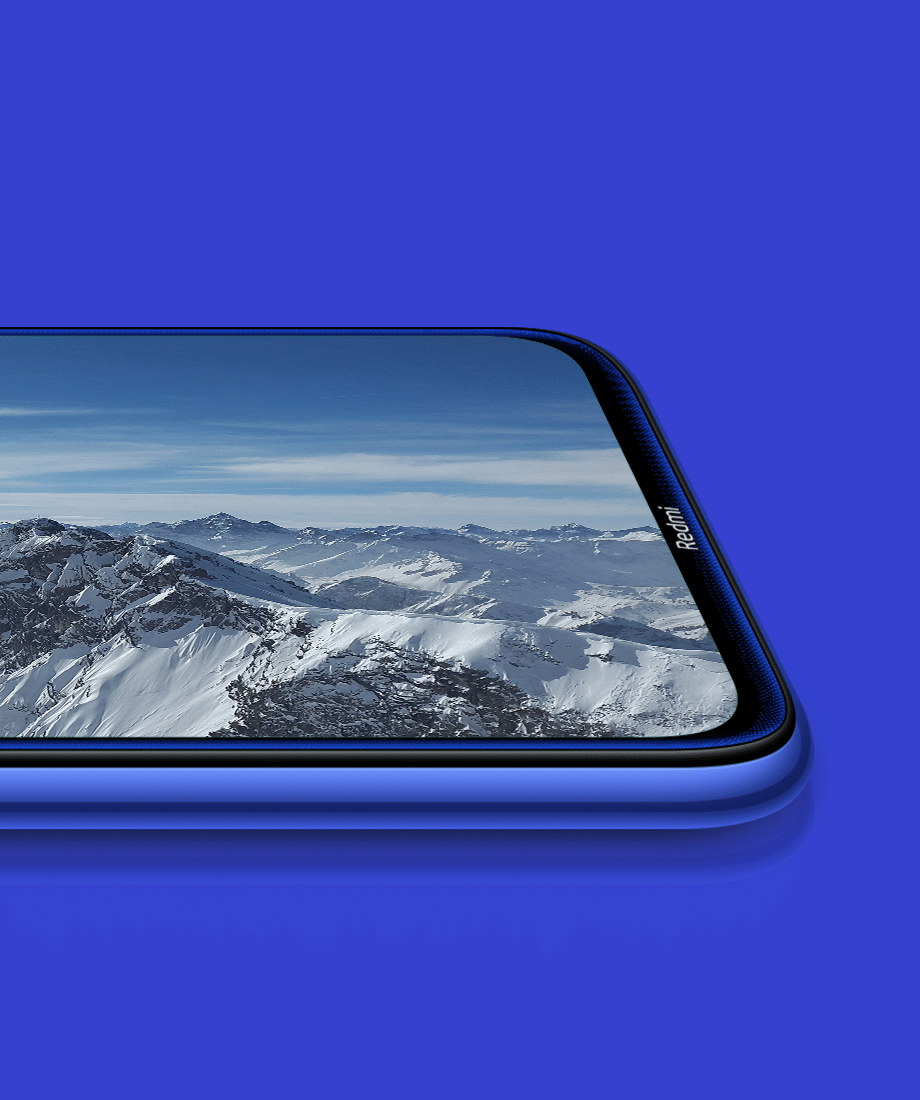
Redmi Note 8 display isn’t bad, but it does look a little off in a sea of high panels. Colour tuning goes a long way toward cool tones. It can have a significant effect on how images and videos look on display. It is easy to switch to a more neutral colour profile, which makes the content instantly look more natural.
Unlike some competing devices like the Moto One Macro, the Redmi Note 8 has a Full HD + display. At 6.3-inches wide, the resolution is more than adequate. Icons and text look crisp, and reading long web pages is an enjoyable experience.
Setting the display to standard mode, we measured the maximum brightness levels of 430 nits. The Redmi Note 8 is not the brightest phone in this segment, but you shouldn’t have much trouble if you don’t spend much time in direct sunlight.
Performance
The Redmi Note 8 is a fun phone to use. The full-HD + screen is crisp and bright, but not particularly robust. It’s suitable for entertainment purposes. There isn’t much to complain about, especially if we see the price of the phone. The blue trim on the front of this phone wasn’t as distracting as we were afraid, and as the screen notches, we were accustomed to the time.
Xiaomi also did an excellent job with a single speaker. Although there is no real bass to the sound, the voices and dialogue in the videos are crisp and diverse. Both fingerprint and facial recognition are quick.
The MIUI runs smoothly and even when doing multitasking; we didn’t feel hiccups. It should be noted again that we are using a high-end version of this phone, which is 30 per cent more expensive than the base variant. Even with 4GB of RAM, we think the experience is enough for most people.
Performance, as measured by benchmark tests, is consistent with what we expect. AnTuTu’s score of 1,69,832 as well as Geekbench 5’s single-core and multi-core tests of 314 and 1,327 shows that there is enough power for mainstream applications and tasks. GFXBench’s T-Rex and Car Chase tests run at 33fps and 6.3fps respectively, which is disappointing, as it has the same processor from the Vivo U10 (Review), but has a lower-resolution screen.
The PUBG Mobile runs on a low preset, and the graphics quality is not high, but the game runs smoothly. The gameplay didn’t hurt when we increased the quality manually, but the back of this phone was too hot after just one match.
Software
We have been very vocal about our disgust with the preloaded bloating on Xiaomi equipment. Unfortunately, the company does not appear to be taking steps to reduce it. Starting from the onboarding process, Xiaomi pushes recommendations for a wide range of applications to download. For the first time user, it is easy to click next for this junk and start the download process.
Although you can avoid basic recommendations, there are many apps on the phone. These are from MIUI standards such as File Explorer, Weather app, Music app, but also some games, PayTM, Hello and third-party music apps. Most of these cannot be removed. Add to that the ads and app recommendations that are pervasive in the system applications, and it quickly becomes a sub-optimal user experience.
It is not to say that the experience is terrible at all. There are nifty additions, including robust options to customize the phone’s interface to make it your own. Applications like ShareMe are easy to transfer large files between phones and even to your computer. Xiaomi’s first-party apps have a lot of ideas. If they cut down on aggressive advertising, it would be much easier to live with the software.
Cameras
One of the best-selling of the Redmi Note 8 series is the quad-camera setup behind it. The main one is a 48-megapixel f / 1.79 camera that takes 16-megapixel shots by default and can record video up to 4K 30 fps or 1080p 60 fps. Next, there is an 8-megapixel F / 2.2 wide-angle camera, 2-megapixel macro camera and 2-megapixel depth sensor. If you think it’s known, many of these features are shared with RealMe 5.

MIUI’s camera app is simple but has some quirks. The way you switch between cameras isn’t particularly noticeable – there are three dots above the shutter button, which correspond to 0.6X, 1X and 2X. As you have it, the first two switch between wide-angle and primary cameras, but the 2X just makes the digital zoom. If you want to use a macro camera, there is a unique toggle on the viewfinder with flash and HDR controls.
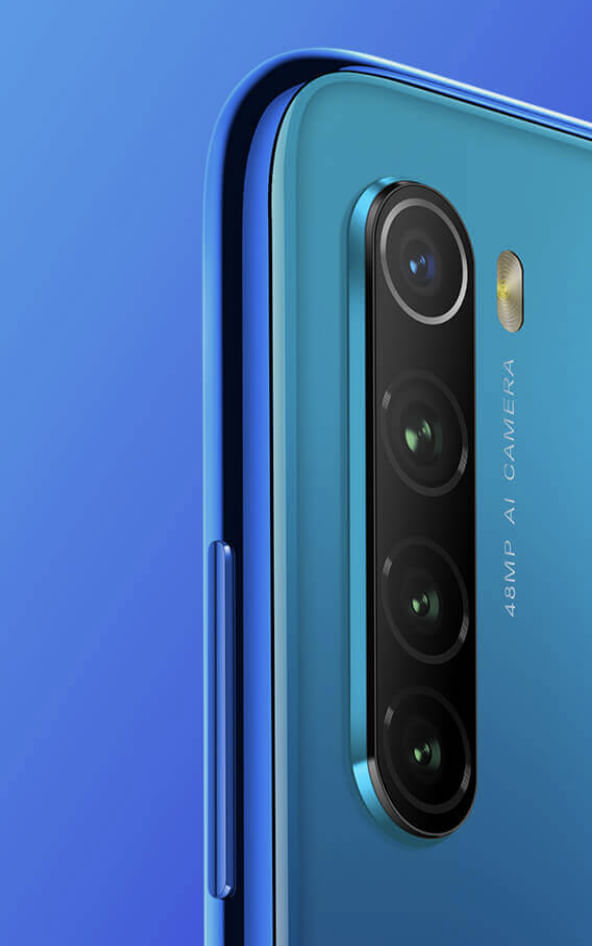
When it comes to photo quality, it is impressive overall. The primary 48-megapixel camera on the Redmi Note 8 gives crisp and bright shots with excellent detail. Things at a distance are more grainy than we like, but closeups are great. The colours are right, and there are some lovely natural depth fields.
In terms of video, we found the Redmi Note 8 to be excellent at 1080p, but the colours were very high at 4K. There is also no evidence of stabilization, which limits consumption. At night, the video quality is not so good.
The Redmi Note 8 has a 13-megapixel f/2 front camera. We thought our skin texture was smooth and soft when the background was crisp and stealing the attention. Beautification must be turned off manually, which is a multi-tap process. At night, the selfies were out of grain and obscure
Battery Life
The current 4000 mAh battery is standard on this model. It is worth focusing on upgrading the GPU component of the Snapdragon 665 (Adreno 610) compared to battery capacity.
Although the Adreno 610 is still behind the Adreno 6 series, it supports the Vulcan 1.1 API compared to the Adreno 5 Series. In theory, its power consumption can be reduced by about 20%.
Additionally, the 11nm process is also awe-inspiring for power consumption and heat generation compared to 14nm.
Like the Redmi Note 8 Pro, the Redmi Note 8 features a 1.8-litre fast charge (18W) and comes with a quick charge kit.
Audio and Security
The headphone audio from the Redmi Note 8 varies between passable and good. Even with good quality headphones, there is noticeable noise in the background. The music feels warm with a preference of bass. It’s not a very neutral show, but it’s good enough to listen to music while travelling.
For security, the Note 8 prefers sticking to an old-school fingerprint sensor on the back of the phone.
Pros & Cons
Pros:
- High-quality construction
- All-day battery life
- Great cameras for the price
Cons:
- Lack of performance optimization
- Camera module stands out too much
- Similar Old Design
An essential upgrade of the Redmi Note 8 was placed in the photo section. The 48-megapixel AI is housed in a four-shot module. From a practical standpoint, the four-shot combination provides enough gameplay, whether it’s 4800W high-resolution, super-wide-angle mode, or portrait mode. In super-macro mode, the four cameras that can be easily controlled through different combinations.
The Redmi Note 8 is not only a senior machine but also a low-cost student-oriented machine. The performance of the game is sufficient to use the popular gradient colour form, which is a small temptation even for young people.
If you have high requirements for mobile phone design and performance and are not very sensitive to price, the Redmi Note 8 Pro is an excellent advanced option. From creative “hidden” fingerprints to double-sided gorilla glass, the first 64 megapixels and G90T game processors have been launched… everything is playable.

